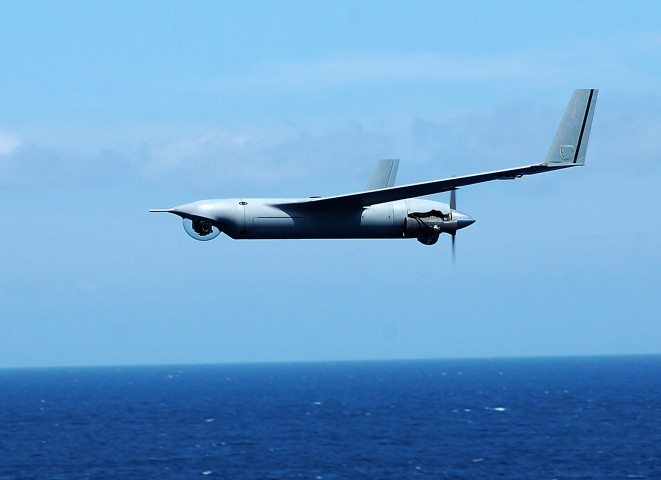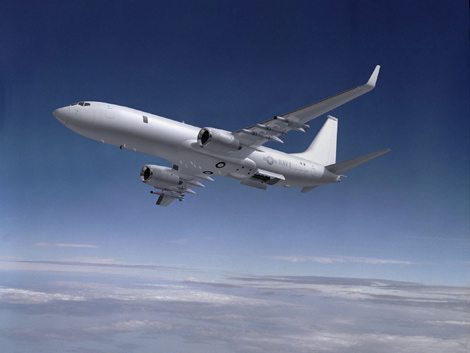Scientists recently launched unmanned aerial vehicles (UAVs) from a research vessel in a significant experiment that could help boost the Navy’s radar and communications performance at sea.
Sailing off Virginia Beach, Va., from July 13 to 18, the Office of Naval Research’s (ONR) Research Vessel (R/V) Knorr explored ocean and atmospheric weather variations that can change the angle that radar and radio waves bend, making it more difficult for ships to remain undetected and hindering their ability to communicate or locate adversaries.
Sponsored by ONR’s Ocean Battlespace Sensing Department and the Oceanographer of the Navy, the initiative was part of Trident Warrior-a large annual fleet experiment organized by Navy Warfare Development Command.
Researchers used ONR-owned ScanEagle UAVs-along with unmanned undersea and surface vehicles-to obtain accurate, real-time measurements of variations in atmospheric and ocean conditions. Fluxes and turbulence caused by the interaction between the air and sea can significantly alter the path of electromagnetic waves in radar and communications systems.
Atmospheric “ducts” can trap energy in the lowest layer of the atmosphere, allowing radar and communications to travel over much longer distances, increasing the chances that information could reach unintended audiences. Energy also could be trapped aloft, preventing Navy radars from seeing things even if they normally would be well within range.
“We need to understand where we are in relation to this ducting environment and understand the energy we’re emitting and the energy an adversary is emitting,” said Dr. Dan Eleuterio, program officer for ONR’s Ocean Battlespace Sensing Department. “If we don’t know these things, it’s like rolling the dice. If we do know them, it can give us a tactical advantage.”
Smaller, light unmanned aircraft are ideal for the task, because they can launch from a ship, get close to the ocean’s surface and fly for extended periods of time. During the experiment, the UAVs flew as close as 100 feet above the ocean’s surface, allowing for more precise measurements.
Developed by the Marine Physical Laboratory at Scripps Institution of Oceanography, the sensor packages used on the ScanEagles measured everything from surface waves, winds, humidity and temperature to fluxes in mass, momentum and energy. Once collected, the data was delivered to personnel aboard a destroyer and an amphibious assault ship participating in the experiment.
“In the old days, we launched weather balloons to give us the best data on the real environment, but that only happened in one place and at one time of day,” said Cmdr. Rob Witzleb, head of capabilities and requirements on the staff of the Oceanographer of the Navy.
“Many miles and hours later, we were often left looking for answers when weapon systems didn’t perform the way we thought they would. Using UAVs is giant leap forward in that they can give us near-continuous data, across multiple parameters where the atmosphere is the most unpredictable.”
The recent research aboard R/V Knorr is in keeping with Chief of Naval Operations Adm. Jonathan Greenert’s call for the Navy to expand the reach of its sensors and platforms with unmanned and autonomous systems. He has described these assets as critical for the Navy to dominate the new arenas of the electromagnetic spectrum and cyberspace.











